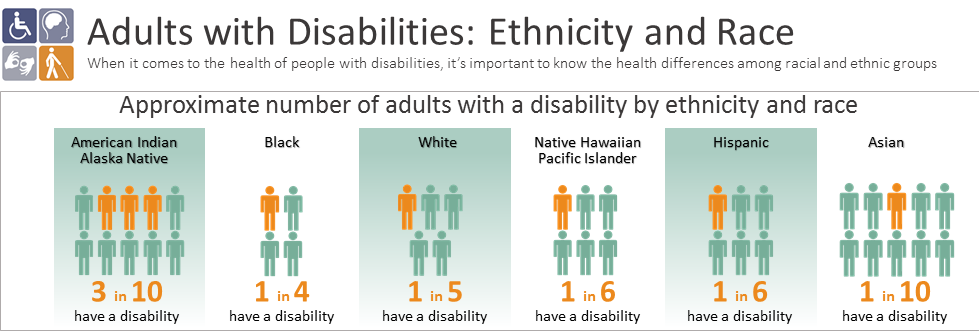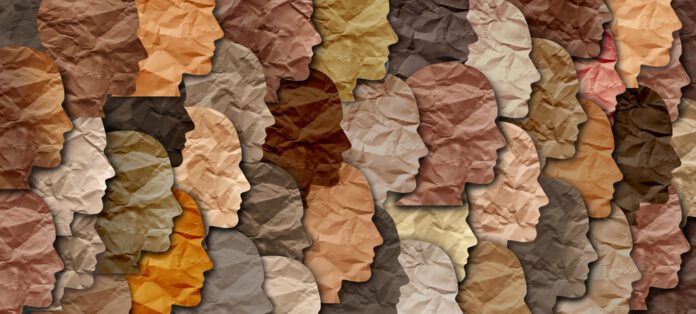Disabilities intersect with every community. However, the prevalence of disability is higher among select populations and, in particular, people of color. The CDC reports that disability impacts 1-in-4 Black Americans, which is a higher ratio compared to that of other racial and/or ethnic groups, including Whites (1-in-5), Hispanics (1-in-6), Native Hawaiians/Pacific Islanders (1-in-6) and Asians (1-in-10). Only American Indian/Native Alaskans have a higher ratio of disability (over Blacks), averaging 3-in-10 people.
History shows that all marginalized groups face inequalities. While there is much room for improvement, society is making progress when it comes to diversity and inclusion. But sadly, not too long ago, awareness and acceptance of marginalized groups – i.e. minority race, disabled and that specific combination – was far from the norm. With roots in Buffalo, New York, the Museum of disABILITY History (ModH) was established in an effort preserve and recount the trials and triumphs of disability rights and persons with disabilities, including (but not limited to) the disability experience among Black Americans.

Black History is Part of the Museum of disABILITY History
Opened in 1998, ModH was the brainchild of Dr. James M. Boles, the CEO of People Inc., a nonprofit human services agency in Western New York. He recognized that accounts of how people with mental and physical differences were once perceived and treated were not well-kept or accessible. Thus, he created the ModH with a mission to advance the understanding, acceptance and independence of people with disabilities. For more than two decades, thousands of disability allies and others visited the museum each year to experience historical exhibits, educational programs, film/speaker series and special events. At it’s peak, ModH featured eight permanent collections, two temporary collections and 11 traveling exhibits, showcasing disability-specific books, documents, medical essays, photographs, postcards and more.
As a result of closures during the COVID-19 pandemic, the brick-and-mortar museum space permanently closed in December 2020. Yet, the ModH has maintained its commitment to honoring the past, present and future of the disability community. People with and without disabilities are invited to visit ModH’s Virtual Museum.

Black History Month Includes People with Disabilities
Black History Month is an annual celebration, observed in February, of achievements by African Americans and a time for recognizing their central role in American history, as defined by History.com. Perhaps there’s no better time to take a virtual tour of ModH’s “Disability and the African American Experience” exhibit. It features a historical timeline spanning the years of 1619 through 2004. It’s important to note that some information included in this historical archive may be disturbing for some digital-users to read.
For additional information about the “Disability and the African American Experience,” or any of ModH’s virtual exhibits, call (716) 629-3606.






